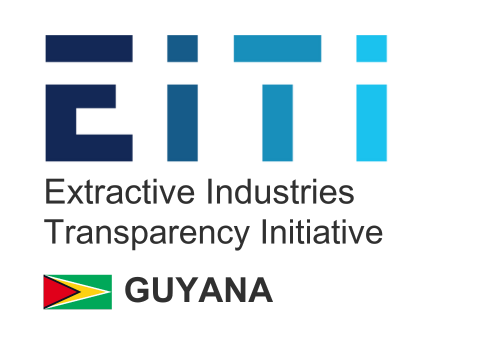Kaieteur News – Trinidad and Tobago’s Minister of Energy, Dr. Roodal Moonilal, last week criticised the former administration for throwing away what he described as a prime opportunity to establish the twin-island state’s presence in Guyana’s booming oil and gas sector.
Speaking during the debate on the Finance (Supplementary Appropriation) Bill for the 2025 fiscal year, Dr. Moonilal said it was a “sad reality” that despite over a century of experience in oil and gas industry, Trinidad and Tobago had no official government-led presence in Guyana or Suriname, two CARICOM nations now rapidly advancing in energy production.
“Imagine the territory with the most expertise, with the major infrastructure, human capital, had no footprint in Guyana and Suriname. None,” Dr. Moonilal said.
He added, “It was the service contractors of Trinidad and Tobago who of their own will, by their own hard work, went to Suriname, went to Guyana… but they had no help from the government, none.”
Though Guyana’s population is more than 800,000, the minister outlined Guyana’s oil boom, noting that the country produces more barrels of oil daily than “it has people.”
Minister Moonilal had outlined T&T’s regional strategy to prioritise energy cooperation with Guyana, Grenada, and Suriname. He stressed that it is critical for T&T state enterprises to establish themselves as serious entities in Suriname, Guyana and Grenada. “That is our vision, that is how you will become the hub, you will not become the hub by out producing Guyana…we will not become the hub by out producing Suriname with gas,” Dr. Moonilal said.
Oil production offshore Guyana’s Stabroek Block, operated by ExxonMobil Guyana Limited (EMGL), began in December 2019. Since then, production has grown to 650,000 barrels per day (bpd) from three sanctioned projects: Liza Phase 1, Liza Phase 2, and Payara. This output is set to increase with the imminent start-up of Yellowtail, the fourth development, later this year. Exxon already has two other sanctioned projects under its belt, the Uaru and Whiptail. The company has already submitted the Environmental Impact Assessment (EIA) for its seventh project, Hammerhead, with production targeted for 2029. The company has also filed an application for an eighth development named Longtail.
Dr. Moonilal said Trinidad missed the opportunity to capitalise on this boom due to what he labeled poor policy decisions by the previous government. “We discovered that even when there was a serious attempt by national energy to get involved in Guyana… the government of Trinidad and Tobago at that time said no…they said it was too risky and national energy should not participate in Guyana in that way. While you could have had a foothold in Guyana a few years ago,” T&T’s energy minister said.
Dr. Moonilal stressed that the lack of strategic regional engagement not only lost Trinidad and Tobago potential foreign exchange earnings, but also employment and economic opportunities that could have been gained through cross-border collaboration.
“There was no concerted attempt to get a footprint into energy-producing countries… where we could provide help, raise revenue, collect taxes, generate foreign exchange,” he stated.
Further, the minister reiterated that the current administration intends to correct course by strengthening ties with CARICOM nations such as Guyana, Grenada, and Suriname. The administration has set its sights on Guyana’s oil resources to support the restart of its refinery, as well as access to Guyana’s natural gas.

